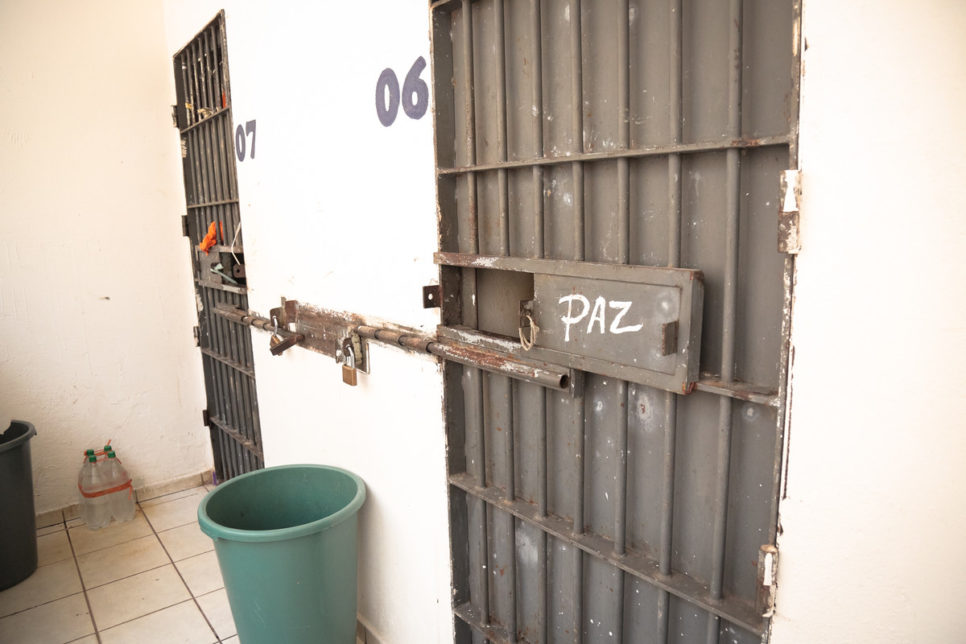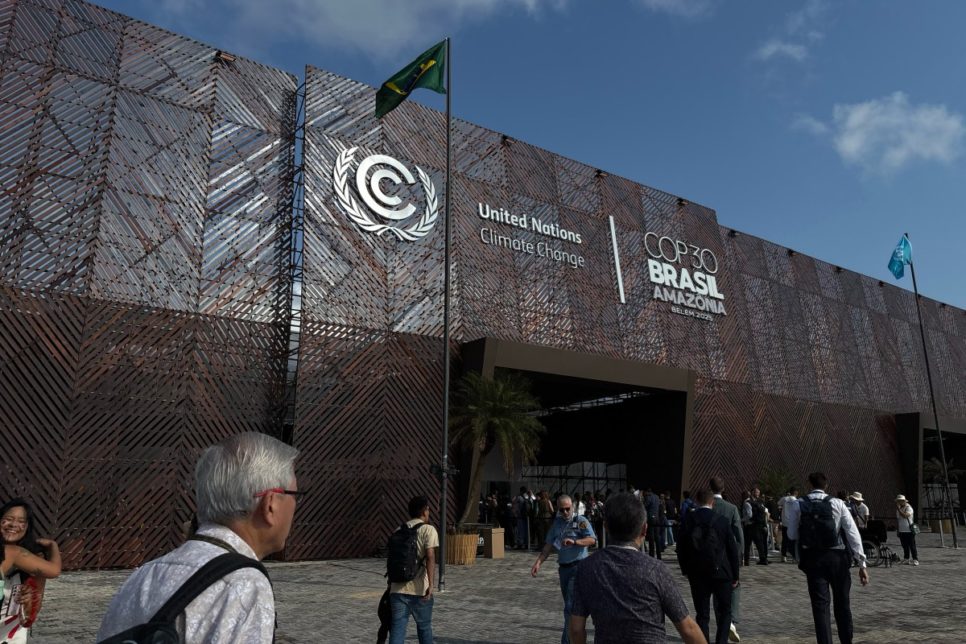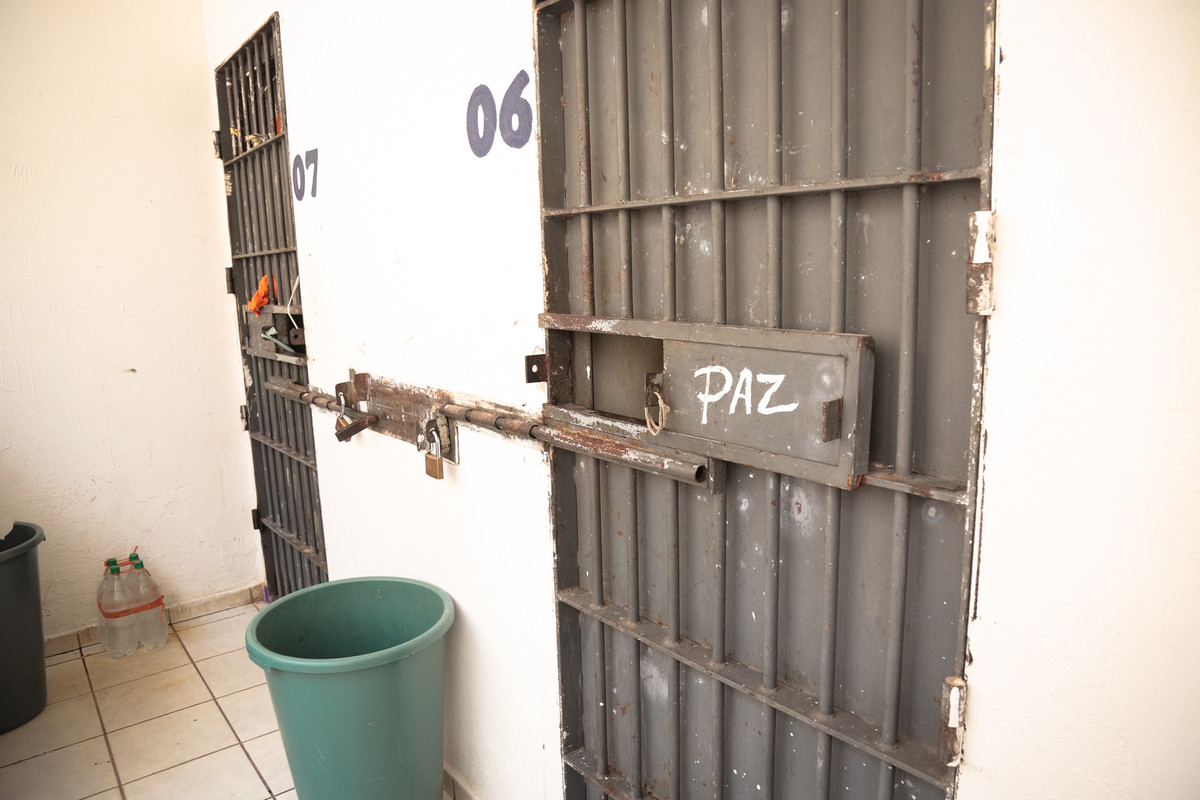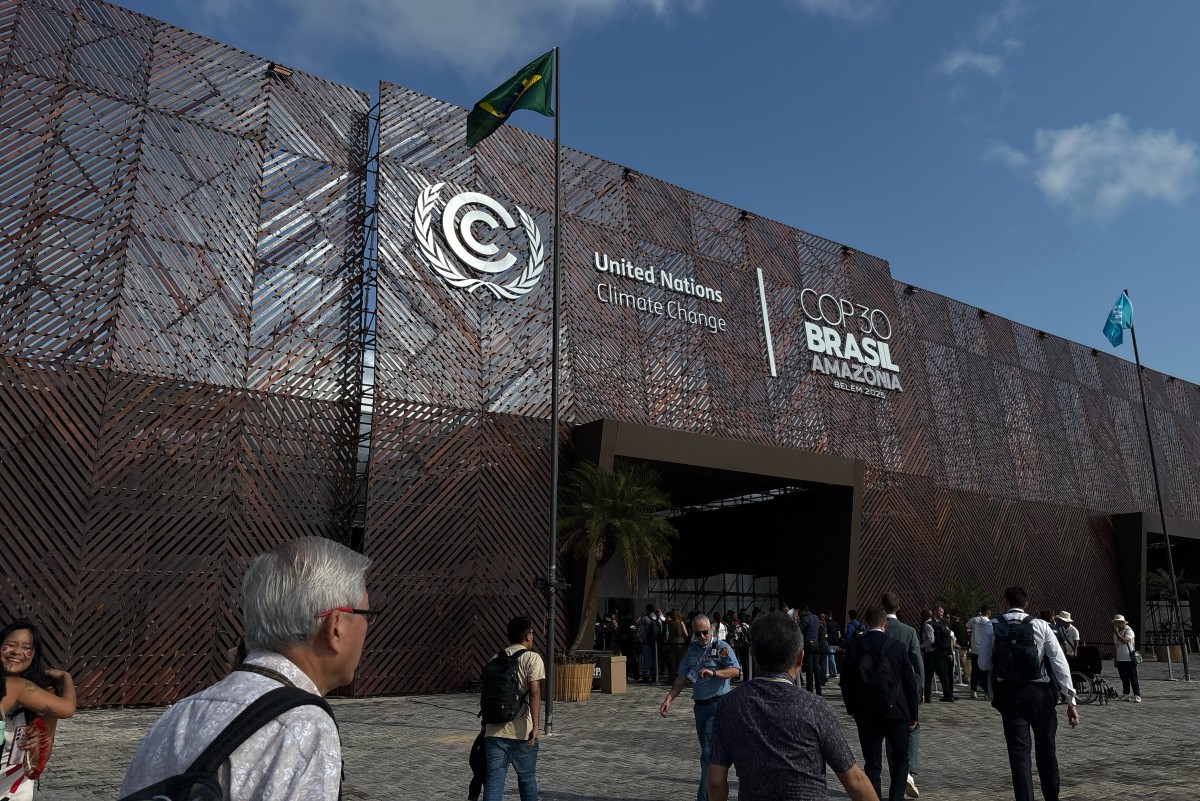Series | Brumadinho, one year after brazil’s worst social and environmental disaster
Conectas compiles data, personal accounts and an interview with experts to show the scars still borne by the victims and families

On 25 January 2019, a year ago, the collapse of the B1 dam owned by Vale at its Córrego do Feijão mine caused the death of at least 270 people and the disappearance of 11 others in the rural area of the municipality of Brumadinho, in the state of Minas Gerais.
The damage caused by the mud was far greater than the material losses: relatives of missing victims are unable to mourn; the affected people suffer from stress and depression; and they are still fighting for fair compensation and decent emergency assistance.
In addition to compiling a series of data on Brazil’s worst social and environmental disaster, Conectas presents first-hand accounts by Marcela Rodrigues, a survivor of the tragedy and daughter of a former employee of Vale who was killed in the incident, and Helena Taliberti, a mother who is mourning the loss of her two children and pregnant daughter-in-law.
Read more
This series also presents an overview of the violations still experienced by the affected people in an interview with the socioenvironmental rights expert Julia Neiva and the lawyer Jefferson Nascimento.

“Brazil has learned nothing from its biggest social and environmental disaster,” say the experts
In an interview, the coordinator of the Socioenvironmental Rights program at Conectas, Julia Neiva, and the lawyer and doctor in international law, Jefferson Nascimento, give an overview of the situation facing the victims of Vale’s dam disaster in Brumadinho a year after the tragedy that caused the death of at least 270 people and the disappearance of 11 others.

Helena Taliberti and Marcela Rodrigues: the pain of loss and the struggle for justice
First-hand accounts with audio excerpts from two women who do not want their stories to be erased.

Fact sheets: the numbers from the tragedy in Brumadinho
Data selected by Conectas to help quantify the situation still faced by the victims and their families.






